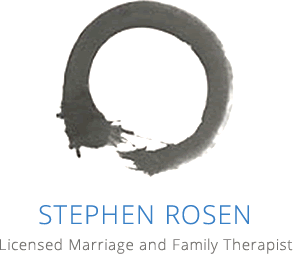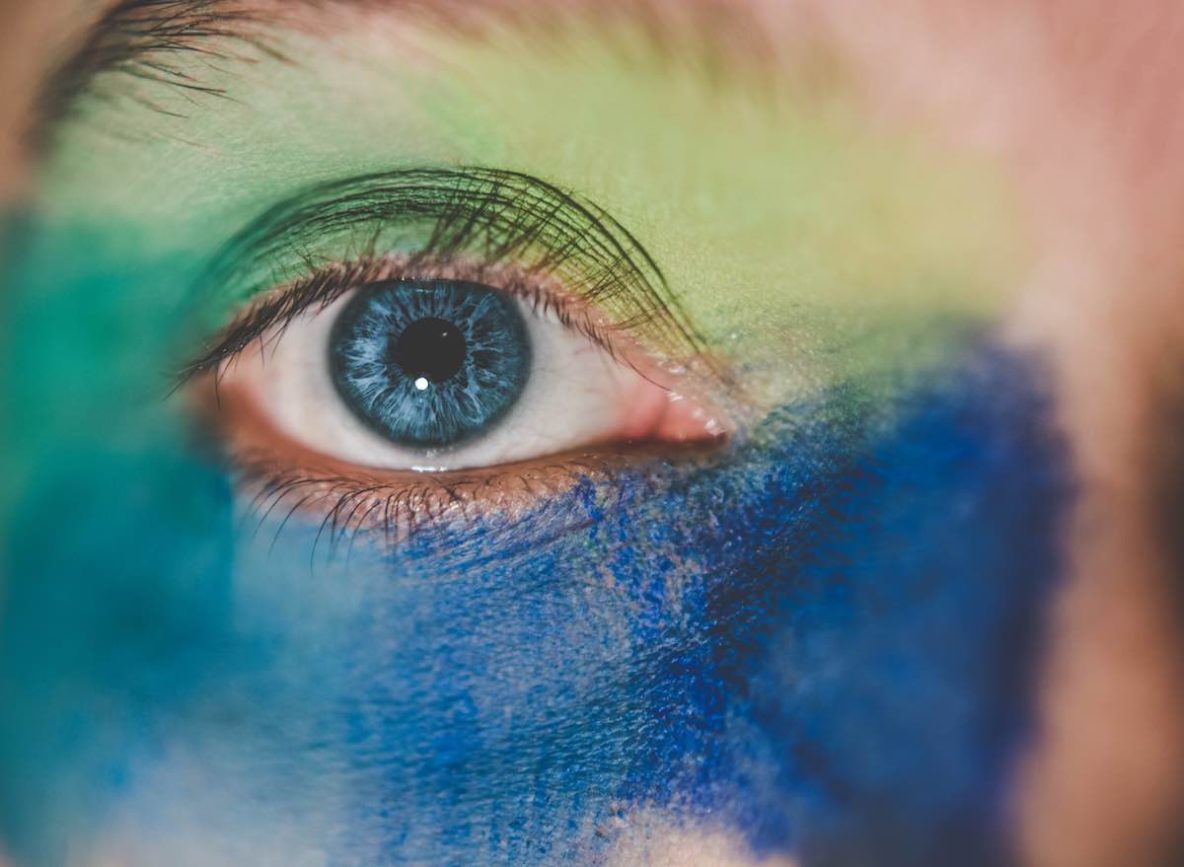Concepts like ‘trauma’ or ‘violence’ have stretched to encompass things no previous generation would have worried about
Is everything completely terrible – or is the world getting better? It’s a popular topic of debate, because both claims seem to be true. On one hand, it would be foolish to ignore the statistics (poverty, violence and disease really are plummeting); on the other, day after day of awful news stories can’t just be dismissed. So I’m grateful for a fascinating new study, published in the journal Science, which sheds new light on such matters. Although it began with a seemingly unrelated, borderline absurd question: how would you define a “blue dot”?
In the experiment, participants were shown hundreds of dots in shades from deep purple to deep blue, and asked to say whether each was blue or not. Obviously, the bluer a dot, the more likely people were to classify it as blue. But what’s interesting is what happened when researchers began reducing the prevalence of the blue dots they displayed. The fewer dots that were objectively blue, the broader people’s definition of “blue” became: they started to classify purplish dots that way, too. Their concept of blue expanded, a phenomenon the study authors label “prevalence-induced concept change”. Which clearly has nothing to do with social problems such as poverty or racism – except that, actually, it might.
It’s been argued that we live in an era of “concept creep”, in which concepts like “trauma” or “violence” have stretched to encompass things no previous generation would have worried about. Hence the idea that certain forms of speech are literally violence. Or that letting an eight-year-old walk to school alone is actual child neglect. Or – to pick an example from the current contentious debate over gender identity – that to question someone’s preferred explanation for their experience of gender is to deny their right to exist. Subsequent stages of the blue-dot study showed that prevalence-induced concept change affects this kind of issue, too. For instance, if you ask people to classify faces as threatening or non-threatening, then reduce the incidence of threatening ones, they’ll define more neutral faces as threatening. Ask them to classify research proposals as ethical or unethical, then reduce the unethical ones, and they’ll expand their definition of “unethical”. As co-author Dan Gilbert put it, “When problems become rare, we count more things as problems.”
This has big implications for progressive-minded types, since it suggests that even if things are getting better, we’ll find that hard to perceive, because we’ll respond by expanding the problem. But it doesn’t follow that all these new problems are fake. Sometimes, concept creep is good. To use Gilbert’s analogy, an emergency doctor is right to prioritise gunshot wounds over broken arms; but if there are no gunshot wounds to treat, she’s perfectly correct to expand her definition of “what needs immediate attention” to include broken arms. Conversely, a neurologist shouldn’t expand his definition of “brain tumour” simply because he can’t find any. To read more from Oliver Burkeman, click here.

